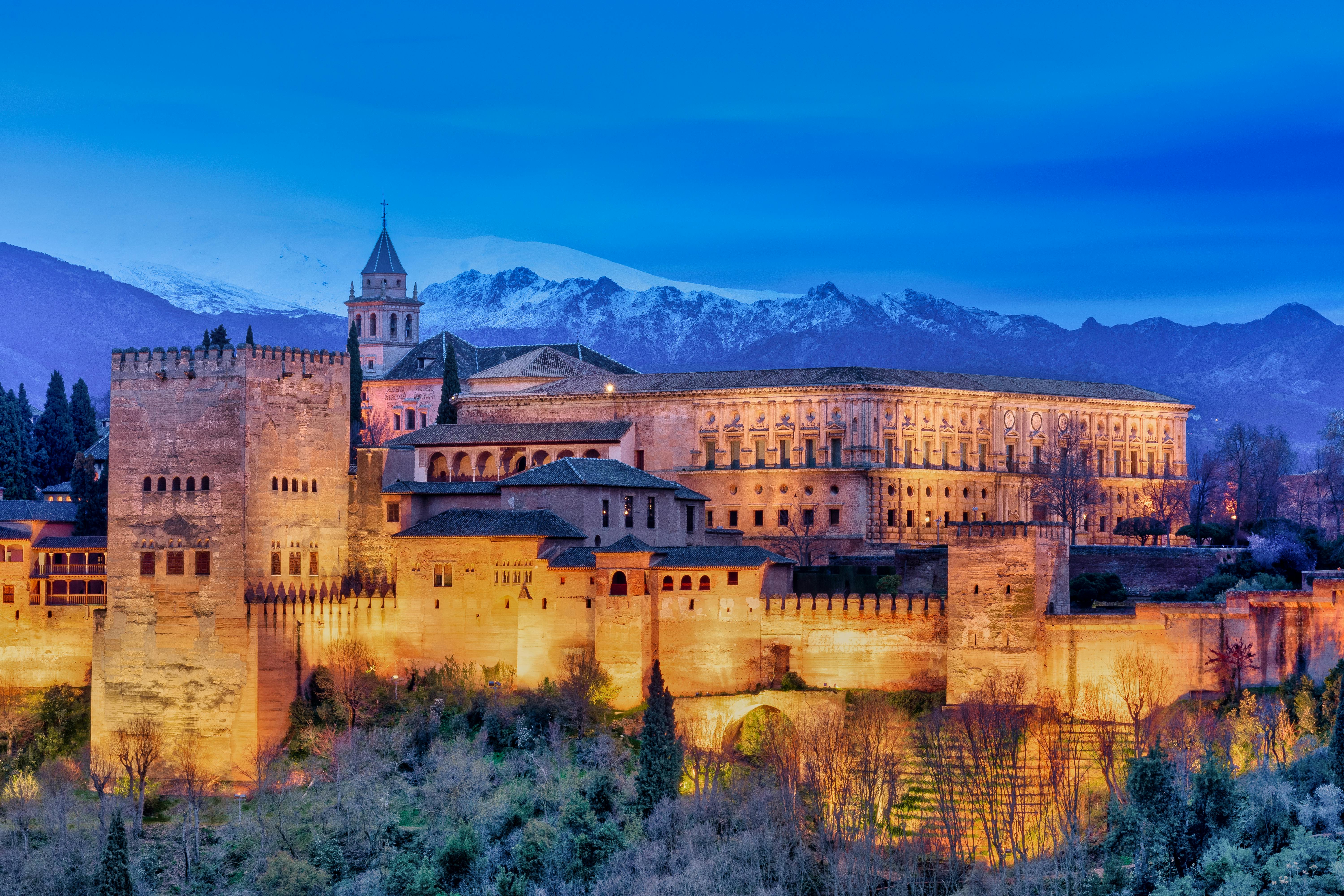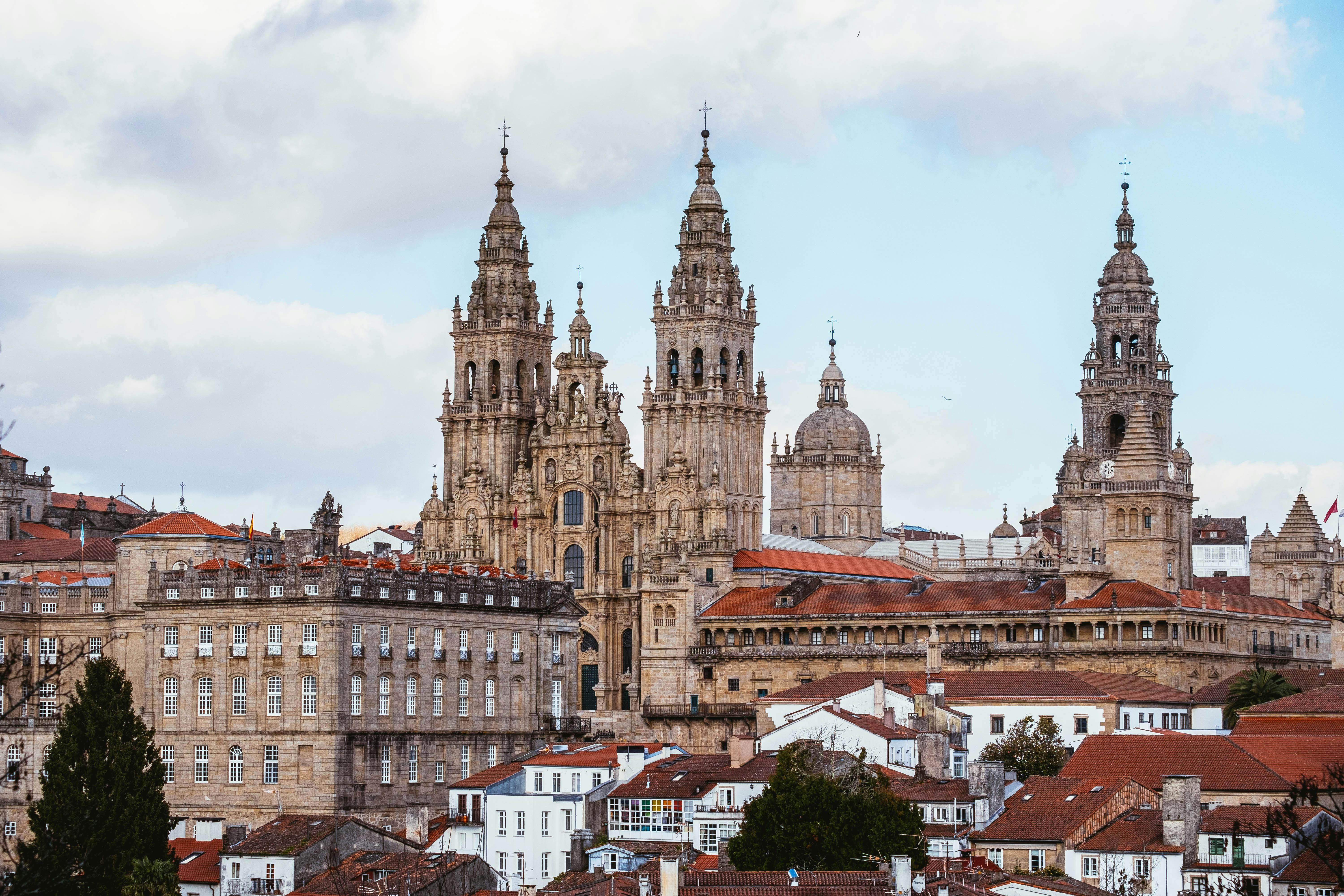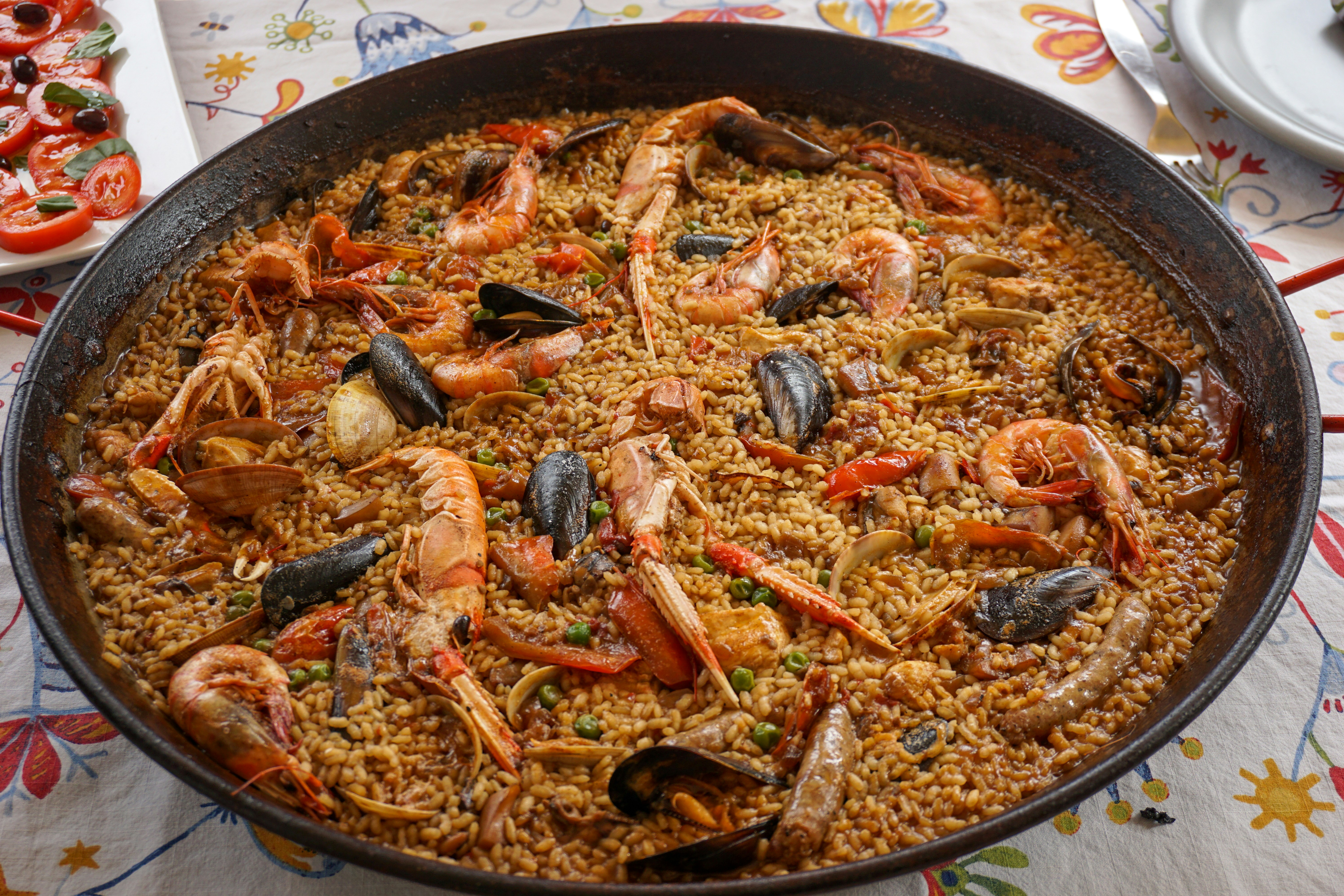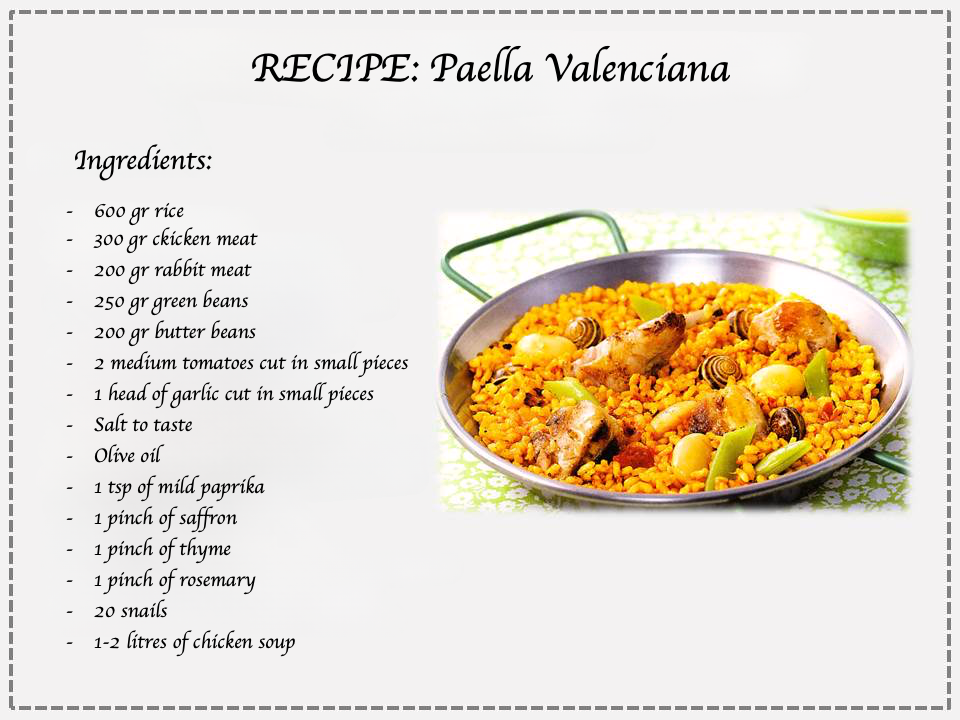Culture and Traditions
Spain is renowned for its rich culture and vibrant traditions,
deeply rooted in its history and heritage. Flamenco, with
its passionate music and rhythmic dance, is an iconic symbol of
Spanish culture, showcasing the country's intense emotions and
artistic expression. Bullfighting, although controversial,
remains a significant tradition, deeply ingrained in Spanish
culture and history. Spaniards also celebrate numerous festivals
throughout the year, such as Semana Santa (Holy Week) and
La Tomatina, where communities come together to honor
religious events or engage in lively and colorful street parties.
The Spanish cuisine is a reflection of its diverse regions, with
specialties ranging from paella and tapas to hearty stews and
fresh seafood. Spaniards value family, community, and leisure
time, often gathering for long meals with loved ones and enjoying
siestas during the hottest part of the day. This vibrant mix of
culture, tradition, and culinary delights makes Spain a truly
enchanting destination to explore.





